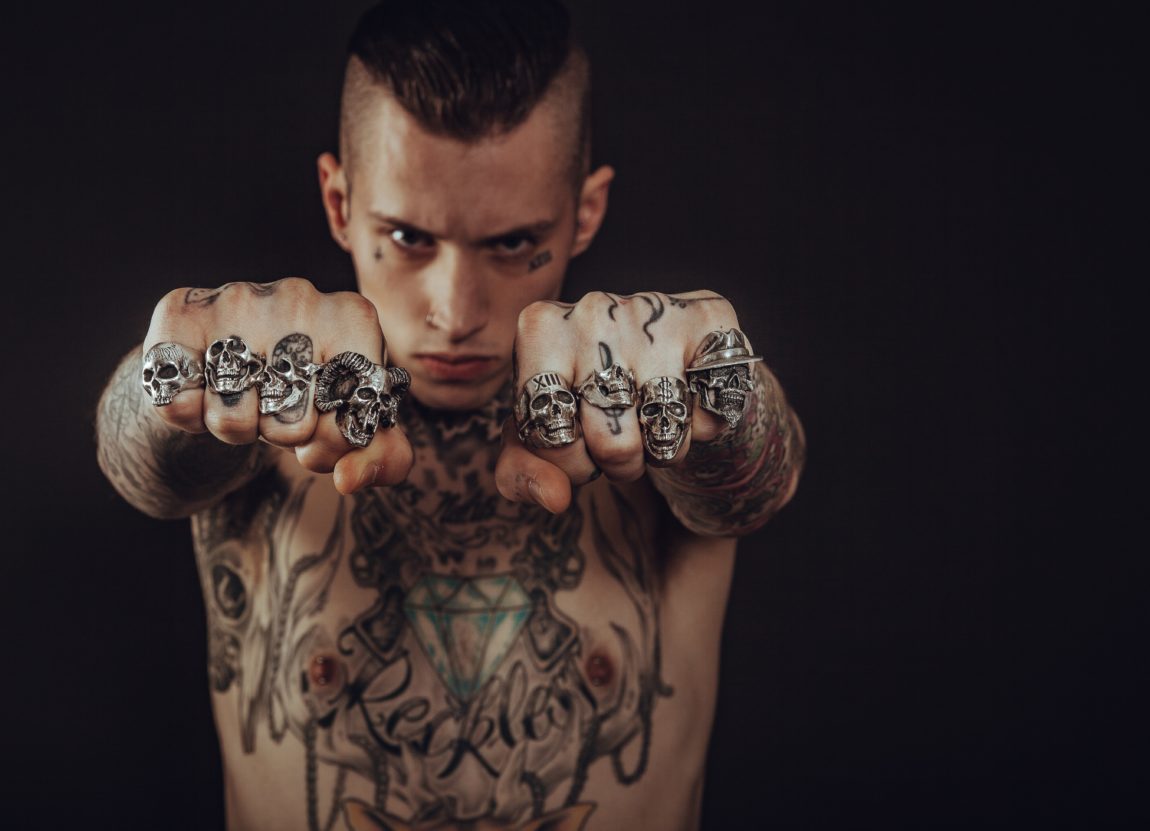Key Takeaways
- Diverse Ideologies and Expression: The punk subculture embodies various ideologies and modes of expression, including music, fashion, visual arts, and film.
- Anti-Establishment Ethos: Central to punk ideology are anti-establishment views advocating for individual freedom and DIY ethics.
- Global Influence: Originating in the 1970s, punk has significantly influenced numerous music scenes and fashion trends worldwide.
- Political and Social Engagement: Punks often engage in political issues, emphasizing anti-corporatism, direct action, and non-conformity.
- Fashion as Identity: Punk fashion is distinctive and varied, featuring elements like spiked hair, leather jackets, and DIY embellishments.
Ah, the punk subculture—a riot of color, noise, and defiance against the mainstream. My own brush with punk's vibrant world began on a chilly evening in London's back alleys, where graffiti-laden walls and the distant sound of rebellious chords set the stage. Punk isn't just music; it's a lifestyle, resonating with a DIY ethic and a robust anti-establishment stance.
The Birth of Punk: A Tale of Two Cities
The story starts in the mid-1970s, with New York and London as its pulsating hearts. Picture the gritty streets of New York in 1974, where artists like the Ramones and the New York Dolls began setting the stage with their raw energy and minimalistic music style. Meanwhile, across the pond in 1976, the UK scene exploded with the emergence of the Sex Pistols, weaving sharp lyrics with aggressive performances that captured the youth's growing disillusionment.
Fashion: The Fabric of Rebellion
Punk fashion is a narrative of rebellion stitched together with safety pins and spray paint. It's a mosaic of torn jeans, spiked hair, and leather jackets, each piece a statement of individuality against corporate fashion norms. Vivienne Westwood, the queen of punk fashion, dressed this cultural rebellion from her shop on the King's Road, turning everyday objects into fashion statements.
Music: The Pulse of Punk
Central to the punk scene is its music—fast, loud, and brimming with attitude. Bands like the Buzzcocks and the Clash used their sharp lyrics and even sharper guitars to comment on social issues, setting the stage for a genre that would influence everything from indie rock to heavy metal. Punk shows were more than concerts; they were rallies, where the disaffected found a voice.
Ideologies: The Anarchic Heart
Punk was more than sound and style; it was deeply political. Anti-corporatism, anti-authoritarianism, and a disdain for selling out were its mantras. It embraced direct action, with bands and fans alike using music and zines to spread their message. Even as the genre evolved, its core remained defiantly resistant to mainstream co-optation.
Global Impact: Beyond Borders
From its inception in grimy basements and smoky bars, punk spread globally, influencing music, fashion, and art worldwide. Scenes sprouted in cities from Berlin to Tokyo, each adapting the punk ethos to their local cultural context while maintaining the core principles of rebellion and autonomy.
The Continuous Evolution of Punk
Today, punk continues to evolve, its spirit undiluted. It remains a culture of resistance, challenging norms and championing a world where individuality and authenticity reign supreme. My own journey through punk's realm has shown me that amidst the noise and the chaos lies a profound truth—a truth about freedom, identity, and the power of raw, unadulterated expression.
Frequently Asked Questions
- What is the punk subculture?
- The punk subculture is a movement that emphasizes individual freedom, anti-establishment views, and DIY ethics, often expressed through unique fashion, visual art, and punk rock music.
- How did punk begin?
- Punk originated in the mid-1970s in cities like New York and London, growing out of a mixture of rock music styles and cultural disillusionment among the youth.
- What are typical punk fashion elements?
- Punk fashion includes elements like leather jackets, torn clothing, Dr. Martens boots, brightly colored hair, and significant body modifications like piercings and tattoos.
- What are the main ideologies of punk?
- Punk ideologies focus on non-conformity, anti-authoritarianism, anti-corporatism, and a strong DIY ethic, promoting direct action and resistance to selling out.
- How has punk influenced other music genres?
- Punk has influenced numerous other genres, including alternative rock, indie music, and various subgenres of heavy metal, instilling a spirit of rebellion and simplicity in musical expression.





